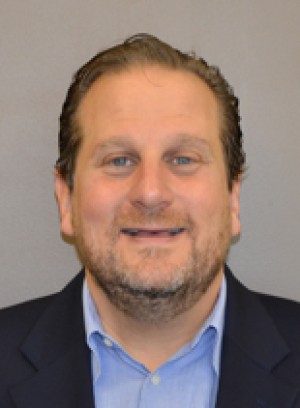- Video Library
- Lloyd Diamond Presents Pixium Vision at LSI Europe '23
Lloyd Diamond Presents Pixium Vision at LSI Europe '23

Lloyd Diamond
Lloyd Diamond, a US citizen, is a seasoned medtech executive and CEO with 25 years of disruptive technology commercialization experience in the life science industry. He most recently served as the CEO of Precise Light Surgical, a commercially ready medical device company in Silicon Valley. Prior to that, he was the CEO of Bonesupport AB, a European orthobiologic company, where he drove rapid market penetration in Europe and the US which led to a successful IPO on the NASDAQ OMX in Stockholm. Lloyd has first-hand experience in the ophthalmology segment as he was responsible for managing Lumenis’ global surgical and vision franchises. He has commercialized many other disruptive technology platforms including at Kyphon and Laserscope. Lloyd received a dual degree in Biochemistry and Marketing from Florida Atlantic University and an MBA from the Thunderbird School of Global Management at Arizona State University.
Lloyd Diamond
Lloyd Diamond, a US citizen, is a seasoned medtech executive and CEO with 25 years of disruptive technology commercialization experience in the life science industry. He most recently served as the CEO of Precise Light Surgical, a commercially ready medical device company in Silicon Valley. Prior to that, he was the CEO of Bonesupport AB, a European orthobiologic company, where he drove rapid market penetration in Europe and the US which led to a successful IPO on the NASDAQ OMX in Stockholm. Lloyd has first-hand experience in the ophthalmology segment as he was responsible for managing Lumenis’ global surgical and vision franchises. He has commercialized many other disruptive technology platforms including at Kyphon and Laserscope. Lloyd received a dual degree in Biochemistry and Marketing from Florida Atlantic University and an MBA from the Thunderbird School of Global Management at Arizona State University.

17011 Beach Blvd, Suite 500 Huntington Beach, CA 92647
714-847-3540© 2025 Life Science Intelligence, Inc., All Rights Reserved. | Privacy Policy







